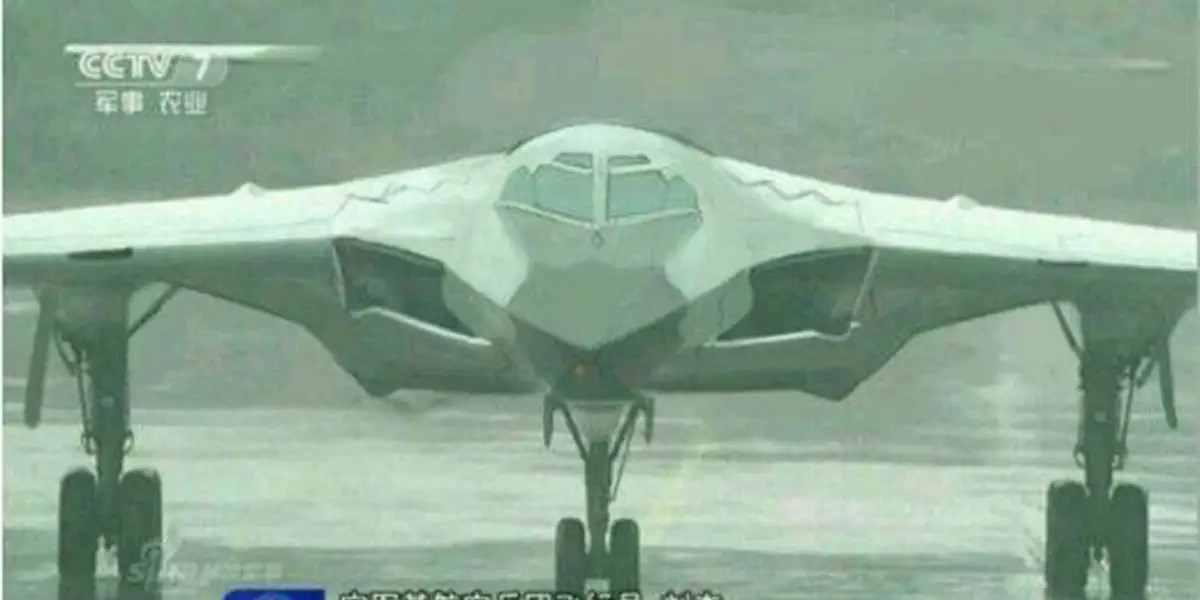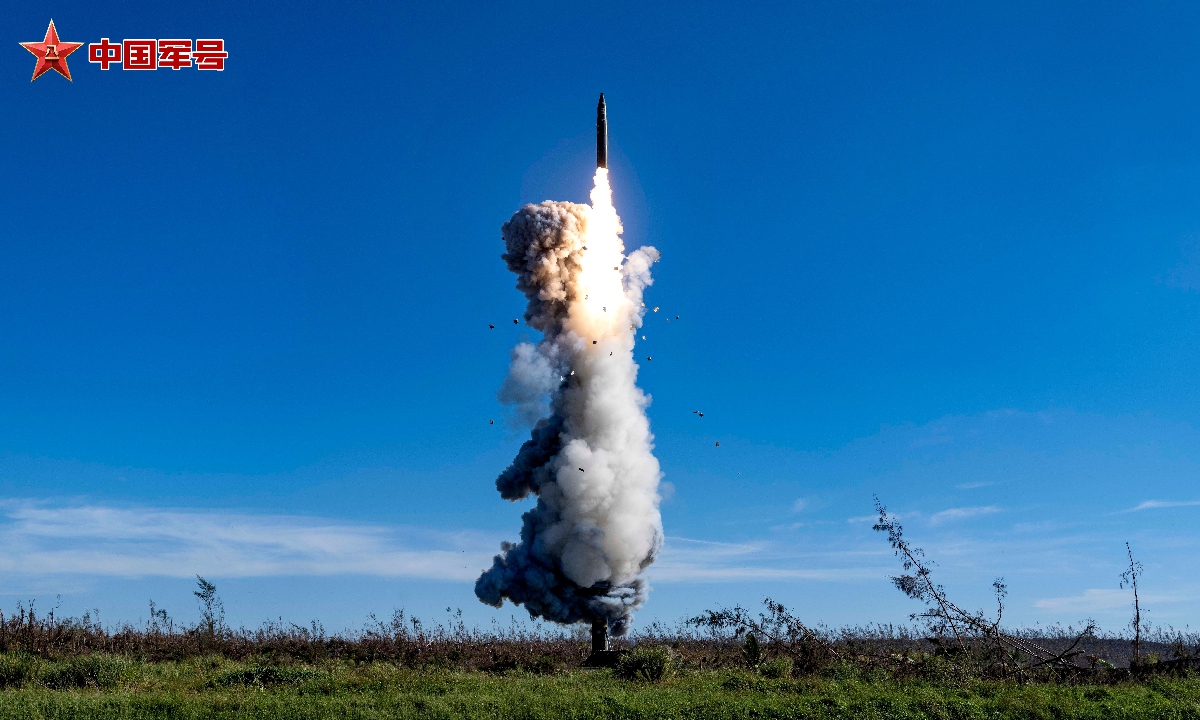China is preparing to unveil “new warplanes” at its highly anticipated annual air show, showcasing its growing military capabilities. This announcement follows an unusual Intercontinental Ballistic Missile (ICBM) test conducted on September 25, which sent shockwaves throughout the Indo-Pacific region and beyond.
The People’s Liberation Army Air Force (PLAAF) announced on September 25 that it will unveil some of its latest warplanes at the Zhuhai Air Show, which is scheduled to take place in Zhuhai, Guangdong Province, from November 12 to November 17.
As the biggest biennial air show in the country, the event draws massive crowds of spectators who witness the impressive display of China’s military and commercial aircraft.
Speaking at a press conference on September 25, Lieutenant General Yu Qingjiang, the Vice Commander of the PLA Air Force, announced that the newly developed warplanes would debut publicly in a flight demonstration at the upcoming air show, state-owned publication Global Times reported.
Yu stated that the PLAAF would showcase its capabilities in air combat, air strikes, unmanned and counter-unmanned warfare, strategic delivery and airdropping, early warning, and air defense using new equipment publicly displayed for the first time.
“We want to display the PLA Air Force’s capabilities and confidence in firmly defending national sovereign unity and territorial integrity and positively convey its vision and voice of safeguarding peace, openness for cooperation, and equal communication,” he said.
Although the official did not name the aircraft that will take to the skies at the Zhuhai Airshow, the announcement has triggered speculation that the country could showcase its next-generation aircraft and aero-engines.
Chinese military aviation specialist Fu Qianshao told the publication that although there was much conjecture that the H-20 next-generation bomber might be revealed shortly, the strategic aircraft is not yet ready for public demonstration.

The development comes months after the PLA Air Force deputy commander, Wang Wei, stated that the much-awaited H-20 would be unveiled “shortly” without offering a timeline.
The H-20 is believed to be an answer to the US B-21 Raider bomber, which has already entered low-rate production.
Nonetheless, the Chinese aviation expert mentioned equipment that could be displayed at the airshow, including the Y-20 fitted with newly produced domestic engines and unmanned stealth drones.
Moreover, the expert highlighted that a new special operations aircraft and a medium-sized stealth fighter jet based on the FC-31 could be among the new aircraft on display at the show.
While this observation does not represent the official stance of the PLAAF, it is significant as China is reportedly testing a new stealth carrier-based aircraft derived from its FC-31 fifth-generation stealth fighter.

Besides the People’s Liberation Air Force, the People’s Liberation Army Navy and the People’s Liberation Army will also participate in the air show.
Earlier this month, a documentary aired on China’s state-owned broadcaster, CCTV, revealed that an unknown carrier-based fighter jet was tested aboard the People’s Liberation Army Navy’s (PLAN) first aircraft carrier, Liaoning. While the details remain shrouded in secrecy, there are rumors that the aircraft in question was the J-35, the carrier-based variant of the FC-31.
Fu pointed out that the FC-31 was exhibited in its original configuration at previous iterations of the airshow. He said it would be interesting to see any updated models make their public debut. According to media reports, there could be multiple FC-31 variants, such as land-based and carrier-based versions.
As the biennial air show is still over a month away, China’s hints about the military equipment it will showcase at the event seem to be another demonstration of its military prowess and muscle flexing. This is especially noteworthy as it comes right after Beijing tested a long-range ICBM in the Pacific, which has sent shockwaves throughout the region.
China Tested An ICBM After 4 Decades
As tensions escalate in the Indo-Pacific region, China’s Ministry of Defense (MoD) announced that the People’s Liberation Army conducted a test of an intercontinental ballistic missile (ICBM) on September 25 in the Pacific Ocean. This marked China’s first recorded ICBM test in 44 years.
The missile, codenamed DF-41, entered service in 2017. It has an operational range of up to 12,000-15,000 kilometers. The country’s latest known ICBM is designed to carry nuclear weapons and has a range of more than 5,500 kilometers.
The Chinese MoD said the PLA’s Rocket Force launched an ICBM with a simulated warhead that “accurately landed in the predetermined sea area” on the high seas. “This missile launch is a routine arrangement of the rocket force’s annual military training. It effectively tests the performance of weapons and equipment and the level of troop training,” the ministry said.

The announcement added that “[It] achieved the expected purpose. China notified relevant countries in advance.” Nonetheless, countries like Japan voiced dissatisfaction about not being notified about the test in advance.
The test is believed to be a signal to China’s regional rivals and the United States, especially after a four-decade lull. Some observers noted that the missile test was televised, a significant departure from China’s typical approach.
The test coincides with escalating tensions in the South China Sea between China and the Philippines, and increased PLA military activity in the East China Sea and the Taiwan Strait.
The ICBM was launched in a show of military power just hours after US President Joe Biden addressed the UN, highlighting responsibly managing competition with China.
- Contact the author at sakshi.tiwari9555 (at) gmail.com
- Follow EurAsian Times on Google News




